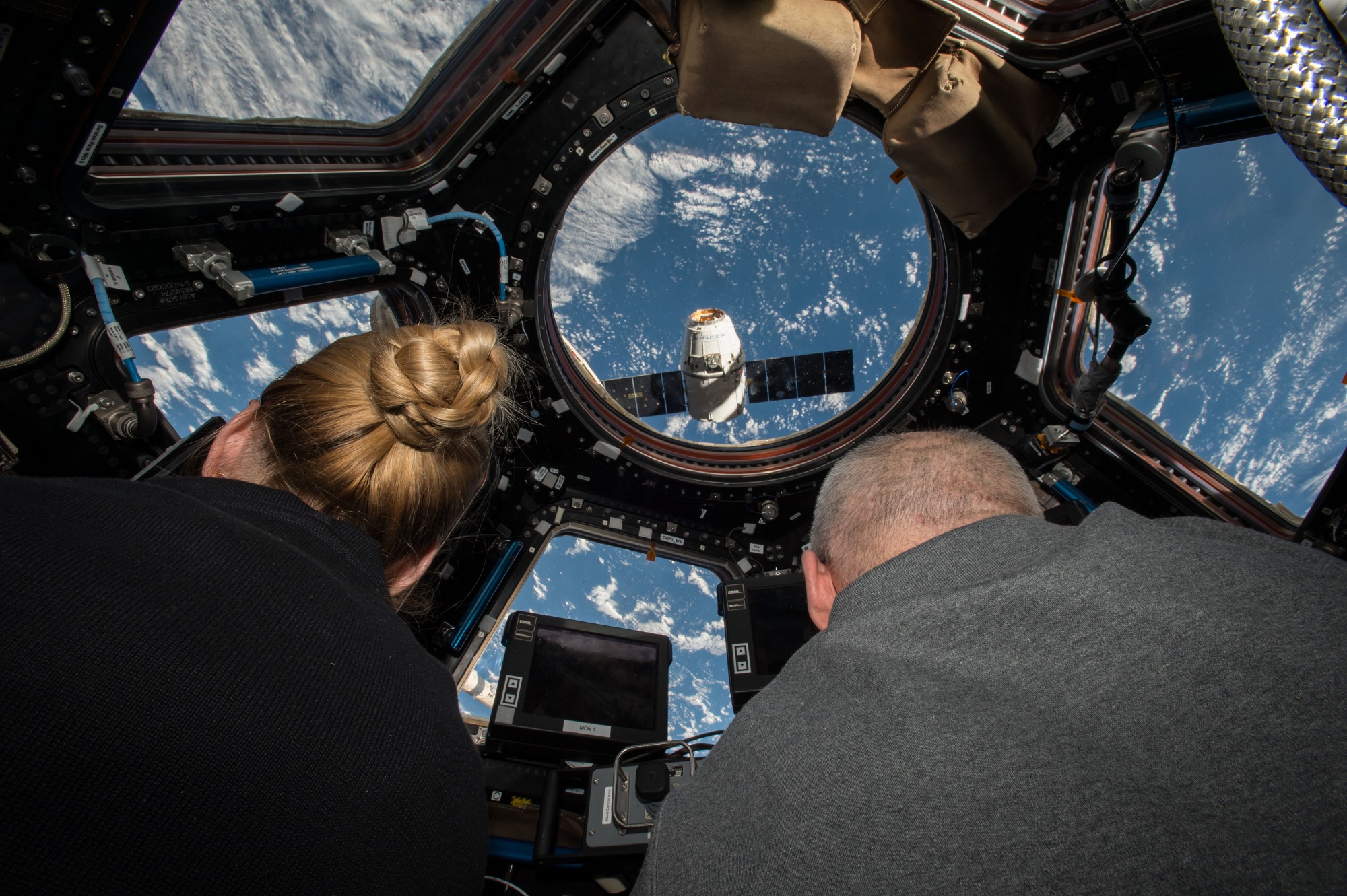Spaceflight takes a serious toll on the human body. As NASA’s Twin Study demonstrates, long-duration stays in space lead to muscle and bone density loss. There are also notable effects on the cardiovascular, central nervous, and endocrine systems, as well as changes in gene expression and cognitive function. There’s also visual impairment, known as Spaceflight-Associated Neuro-ocular Syndrome (SANS), which many astronauts reported after spending two months aboard the International Space Station (ISS). This results from increased intracranial pressure that places stress on the optic nerve and leads to temporary blindness.
Researchers are looking for ways to diagnose and treat these issues to prepare for future missions that will involve long-duration stays beyond Earth and transits in deep space. A cross-disciplinary team of researchers led by the University of Western Australia (UWA) has developed a breakthrough method for measuring brain fluid pressure that could reduce the risk of SANS for astronauts on long-duration spaceflights. This research could have applications for the many efforts to create a human presence on the Moon in this decade and crewed missions to Mars in the next.
Continue reading “What Can Be Done to Help Astronaut Vision in Space?”
